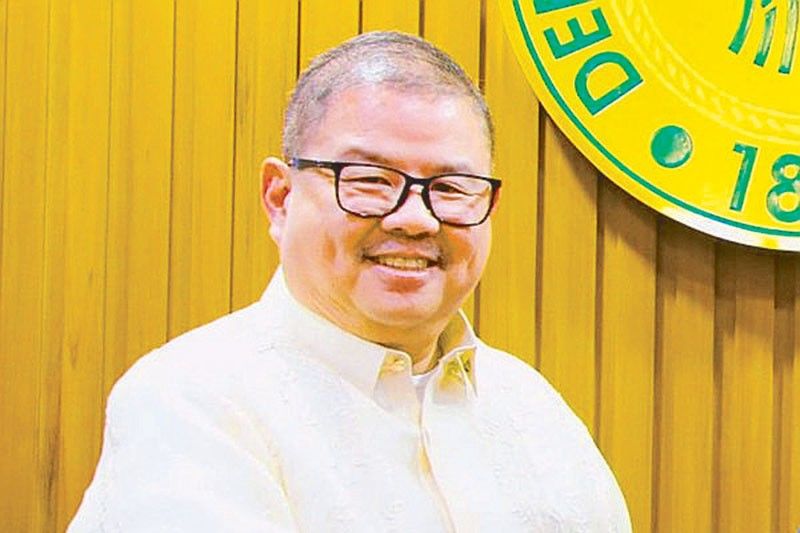Agriculture chief banks on S&T to boost rice production

MANILA, Philippines — The government is focused on improving rice production and reducing post-harvest losses through science and technology (S&T), according to Agriculture Secretary Francisco Tiu Laurel Jr.
During his visit to the Philippine Rice Research Institute (PhilRice) in the Science City of Muñoz, Nueva Ecija, Laurel highlighted to scientists and experts the importance of harmonized efforts from all sectors to attain food sufficiency.
“We just have to focus our efforts and synchronize with each other in implementing our rice programs with all agencies, local government units and stakeholders,” Laurel said.
Following the directive of President Marcos to increase rice production, Laurel announced that the DA would launch a massive modernization program to increase rice recovery after milling from 62 percent and lessen wastage after harvest.
Laurel also committed to look into the staffing of PhilRice, with the aim of adding more employees to its current 297 personnel, as well as scientists to help improve the Philippine rice sector.
PhilRice executive director John de Leon said the agency now employs 1,500 as contractual workers, many of them highly capable in their respective fields.
With 140 hectares and eight stations throughout the country, Laurel noted that PhilRice is acutely undermanned, especially for its central role in producing seeds and developing technology that will help increase rice output.
At the 35th National Rice R4D (research for development) conference held at the Philippine Rice Research Institute in Nueva Ecija, Laurel said the DA is moving with urgency to improve infrastructure and mechanization, irrigation and drying facilities to increase efficiency in rice production.
“Ultimately, our aim is to minimize importation as soon as possible for the country’s food security and to improve farmers’ incomes,” he said.
“We hope to attract a new generation of farmers, researchers and innovators who will ensure the country’s food security in years to come. Together let us pursue a shared dream of a prosperous and food-secure Pilipinas,” Laurel said.
De Leon reported to Laurel the rice business innovation system (RiceBIS) communities that PhilRice links up with private sector partners like BPI Foundation and Kiwanis International, which help rice farmers by buying the contracted volumes from farmers at better than market rates to be used for their corporate philanthropic activities.
PhilRice said it now has 23 RiceBIS communities, and this year the agency leveled it up to RiceBIS 2.0 by connecting communities with the markets.
In addition, PhilRice receives P3 billion from the Rice Competitiveness Enhancement Fund (RCEF) to finance its numerous research and development programs, which eventually should be scaled to the farmers, and another P600 million for training and extension along with the Agricultural Training Institute and the Philippine Center for Postharvest Development and Mechanization or PhilMech.
De Leon explained that PhilRice has evolved from a purely R&D institution to an agency that executes operations properly and well with full transparency by digitalizing the process and involving all the partners in embracing digitalization.
- Latest
- Trending


























